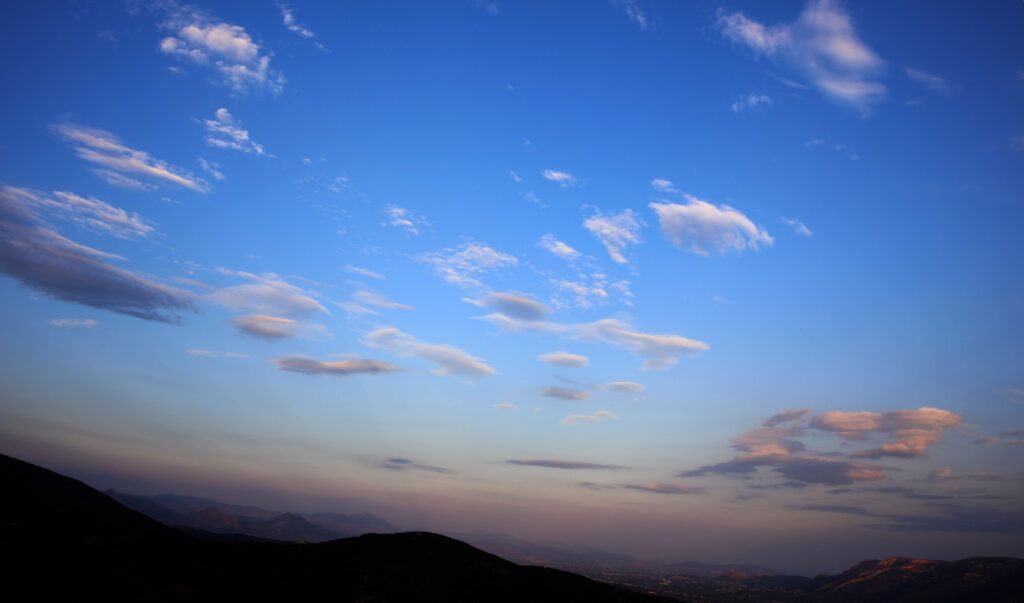Due to the global pandemic, WARP is doing a virtual study season this year. My Facebook memories and Google photos are torturing me, and I’m jealous of all my friends who are doing fieldwork this year. In the meantime, our small team has been making good progress on WARP from our home bases in north America.

Bill has been blogging about some of his work on his blog: go and read his posts on our artifact recovery rates, comparing assemblages (part 1), and comparing assemblages (part 2).
While Bill focuses on recovery rates, Sarah and I have been working on the Late Bronze Age (LBA) landscape, which is actually much fuller than I had appreciated. Unlike many other projects, however, our LBA isn’t especially robust on the surface. Despite our best efforts to identify as much of the prehistoric assemblage as we could, we have only 305 LBA artifacts in our database collected over the ca. 18 km2 that we surveyed from 2014-2016. By contrast, the Pylos Regional Archaeological Project (PRAP) identified 656 Early Mycenaean (LBA 1-2) and 266 Late Mycenaean (LBA 3A-B) sherds from one site (Koryfasio Beylerbey) alone. Our landscape was certainly inhabited in the LBA, but it seems likely that it was not an intensive locus of LBA activity.
So, needless to say, we did not find the Mycenae of the western Argolid, despite my jokes that we were going to do just that. On the other hand, dealing with these low density scatters is exactly what our method was designed for, so the LBA presents an interesting intellectual challenge – how do we dig into our data in order to understand what these traces of the LBA mean? We’ve found ourselves examining sherds that other surveys might have dismissed as “off-site” and finding that they form coherent clusters of materials. It’s rare that we find LBA pottery in what seems like a random field; almost always there is contemporary material in an adjacent field, as well as material that we cannot date as accurately (artifacts with the temporal designations “Bronze Age” or “Prehistoric”) in the same field and in neighboring fields. These corroborating data suggest that what we may be looking at are the traces, hazy ones, of forms of settlement that don’t correspond neatly to our expectations of large and well-bounded sites full of surface pottery. We have those for later periods, of course, and we even have one or two of these for the LBA, but for the most part we have little dribs and drabs.
David Pettegrew argued in a 2001 article in the Journal of Mediterranean Archaeology that low-density scatters such as these could represent settlement of a sort. Although David was making this argument specifically with respect to Classical farmsteads, his ideas have broad applicability. As a number of recent studies coming from radically different perspectives have suggested, what survey archaeologists have typically identified as small rural sites are often much more sophisticated (as shown by excavation). Most of our find-spots of the LBA are small and sparsely-attested, but are difficult to explain away as “off-site” data, “the junk you find on the surface — and nothing more” (as Kent Flannery’s RMA put it). We can (I think) make a strong argument that the “junk on the surface” interpretation of our LBA material is simply incorrect, and that what we’re looking at are the traces of permanent (if not very impressive) settlement. Once we’ve established that, our job will be to try to patch together a discussion about what life in the LBA western Argolid was like and why it matters…
One thought on “The Late Bronze Age western Argolid in 2021”